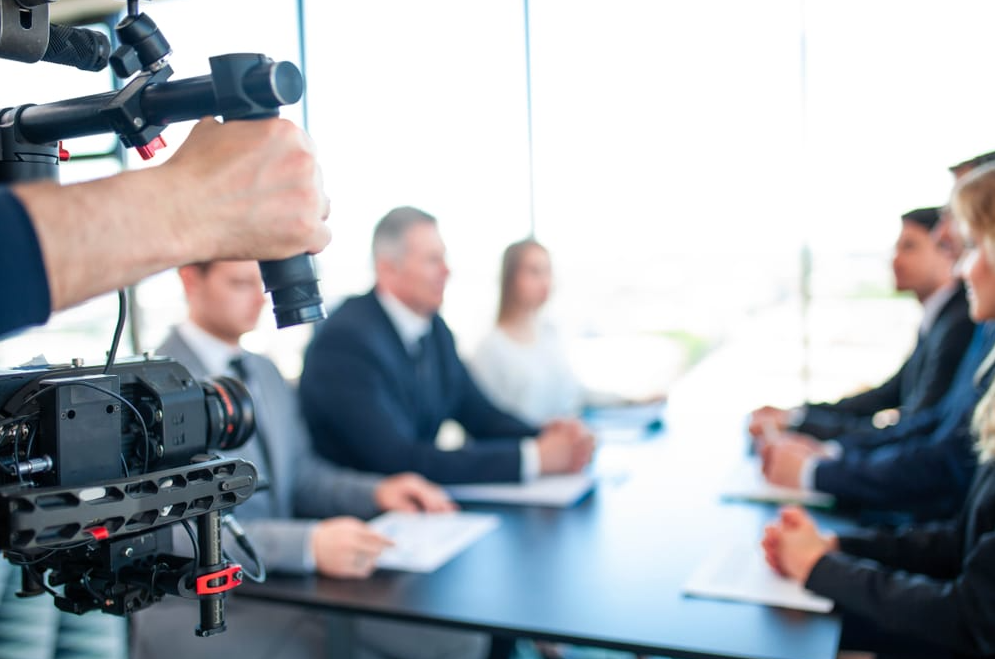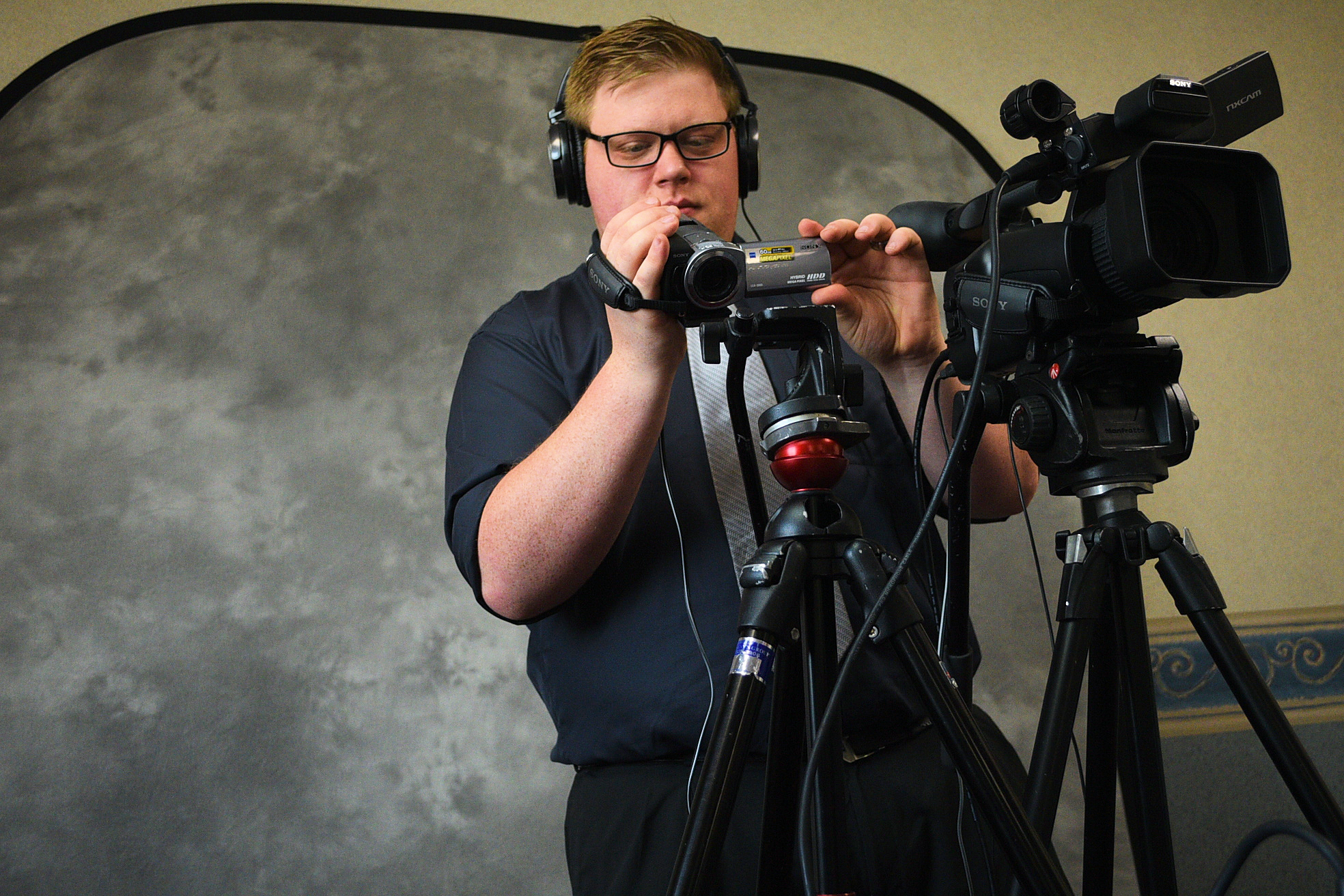Looking Into the Mechanisms of Lawful Videography: Introduction Its Procedure in Shielding Authentic Visual Testimony for Judicial Proceedings
In the world of judicial proceedings, the duty of legal videography stands as a foundation in maintaining and offering visual evidence. As technology proceeds to development, the mechanisms behind legal videography have become increasingly elaborate, offering a crucial layer of credibility to testaments caught on video clip. By delving into the operational intricacies of legal videography, one can uncover the thorough procedures that secure the integrity of aesthetic evidence presented in courts - Legal Videography. This expedition not only drops light on the historic advancement of lawful videography yet additionally means the future trends that may further change exactly how visual statements are upheld in the world of justice.
Historical Development of Lawful Videography
Analyzing the historical development of lawful videography discloses a significant change in the capturing and presentation of aesthetic proof within the lawful landscape. In the past, legal process greatly depended on created transcripts and photographs to record events and offer evidence. With the development of video clip modern technology, the legal sector witnessed a standard shift in just how visual statement was recorded and provided.
The evolution of lawful videography can be mapped back to the late 20th century when innovations in video clip recording equipment made it a lot more obtainable for usage in courtrooms. This technological improvement not just boosted the accuracy and dependability of aesthetic proof yet additionally transformed the way situations existed to courts and courts (Legal Videography). Lawyers started to recognize the persuasive power of video recordings in sharing feelings, subtleties, and non-verbal hints that written pictures or records alone can not capture effectively

Innovation Developments in Video Clip Paperwork
What essential technical advancements have transformed video documentation in the legal field? The legal area has actually seen significant innovations in video clip documents modern technology that have actually enhanced the credibility and integrity of visual proof in judicial procedures.
In addition, innovations in video clip file encryption and watermarking technologies have bolstered the security and tamper-proof nature of video proof, protecting it versus unapproved alterations or tampering. Additionally, the introduction of cloud storage space solutions and remote access capacities has structured the storage space, retrieval, and sharing of video proof, helping with seamless collaboration among lawyers and making certain efficient accessibility to important visual testimonies when needed. These technical innovations in video clip documentation have actually most certainly changed the legal area, improving the precision, reputation, and admissibility of visual evidence in judicial process.
Duty of Legal Videographers in Court Setups
The evolution of video clip paperwork modern technology in the legal field has actually required a critical function for lawful videographers in courtroom settings, making sure the stability and integrity of aesthetic testaments presented during judicial process. Lawful videographers play a basic role in recording and protecting exact visual evidence that can be pivotal in lawsuit. Their obligation expands to establishing tools, recording procedures, and creating high-quality videos that properly mirror the occasions in the court.
Additionally, legal videographers often work very closely with legal teams to make sure that the video proof aligns with the situation's requirements and can be efficiently provided in court to sustain the lawful debates being made. Generally, the function of legal videographers in courtroom settings is important in upholding the principles of justice and making certain the openness of lawful process. Legal Videography.

Ensuring Admissibility and Integrity of Video Clip Evidence
To maintain the reputation of visual evidence presented in legal process, guaranteeing the admissibility and integrity of video clip proof is a critical responsibility for legal videographers. Admissibility describes the acceptance of proof by the court, and for video evidence to be permissible, it needs to fulfill particular criteria. Lawful videographers play an essential role in guaranteeing that the videos they capture adhere to the guidelines of proof, such as authenticity, reliability, and relevance.
Integrity of video proof entails keeping the originality and precision of the video footage from the time it is recorded till it is provided in court. This includes securely keeping the video files, recording the chain of custodianship, and preventing any kind of tampering or alterations. Lawful videographers need to abide by stringent procedures to guarantee the integrity of the video evidence and protect against any obstacles to its authenticity.
Future Trends in Legal Videography
Provided the raising reliance on modern technology in lawful proceedings, lawful videographers are positioned to accept innovative innovations shaping the future of visual testament capture and discussion. click here for more One of the famous fads on the horizon is the integration of virtual reality (VIRTUAL REALITY) and enhanced fact (AR) innovations right into lawful videography. These modern technologies have the potential to change just how visual evidence exists in court rooms, enabling discretionary to immerse themselves in the scene of the criminal activity or case.
Moreover, the use of man-made intelligence (AI) algorithms for video clip analysis is expected to streamline the procedure of reviewing and evaluating large quantities of video clip footage. AI can aid in determining key moments, abnormalities, and patterns within videos, boosting the performance of legal examinations.

Verdict
To conclude, legal videography has played a vital function in offering genuine aesthetic evidence for judicial procedures. Through technological innovations and the proficiency of lawful videographers, the stability and admissibility of video evidence are ensured in court room settings. As legal videography remains to evolve, it will be vital to copyright requirements that preserve the precision and reliability of aesthetic testament for the future of lawful process.
Examining the historic development of lawful videography reveals a substantial change in the additional resources recording and discussion of visual evidence within the legal landscape.The advancement of video clip documentation innovation in the lawful field has actually necessitated an essential duty for legal videographers in court room settings, guaranteeing the stability and dependability of aesthetic click this site testimonies offered during judicial procedures. Additionally, lawful videographers commonly work carefully with lawful groups to make sure that the video evidence aligns with the instance's requirements and can be successfully presented in court to support the legal debates being made.To maintain the credibility of aesthetic proof provided in lawful proceedings, guaranteeing the admissibility and stability of video proof is a crucial responsibility for legal videographers. As legal videography proceeds to advance, it will be vital to promote criteria that maintain the accuracy and dependability of aesthetic statement for the future of lawful proceedings.
Comments on “Leading Advantages of Specialist Legal Videography for Litigation”